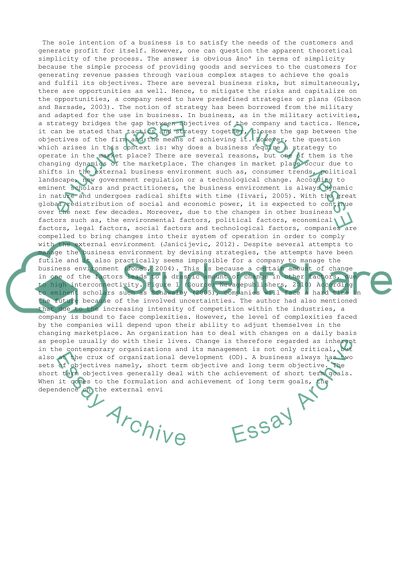Cite this document
(“Future management Essay Example | Topics and Well Written Essays - 3000 words”, n.d.)
Future management Essay Example | Topics and Well Written Essays - 3000 words. Retrieved from https://studentshare.org/management/1492597-future-management
Future management Essay Example | Topics and Well Written Essays - 3000 words. Retrieved from https://studentshare.org/management/1492597-future-management
(Future Management Essay Example | Topics and Well Written Essays - 3000 Words)
Future Management Essay Example | Topics and Well Written Essays - 3000 Words. https://studentshare.org/management/1492597-future-management.
Future Management Essay Example | Topics and Well Written Essays - 3000 Words. https://studentshare.org/management/1492597-future-management.
“Future Management Essay Example | Topics and Well Written Essays - 3000 Words”, n.d. https://studentshare.org/management/1492597-future-management.


